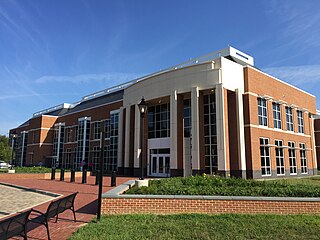
Hanover County is a county in the Commonwealth of Virginia. As of the 2020 census, the population was 109,979. Its county seat is Hanover.

Hanover is a town in Hanover Township, Jefferson County, southeast Indiana, along the Ohio River. The population was 3,546 at the 2010 census. Hanover is the home of Hanover College, a small Presbyterian liberal arts college. The tallest waterfall in Indiana, Fremont Falls, is located in Hanover.
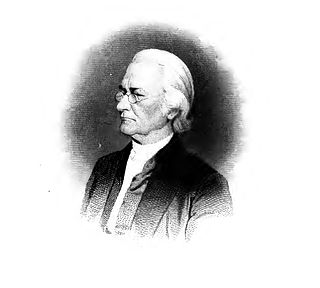
William Meade was an American Episcopal bishop, the third Bishop of Virginia.
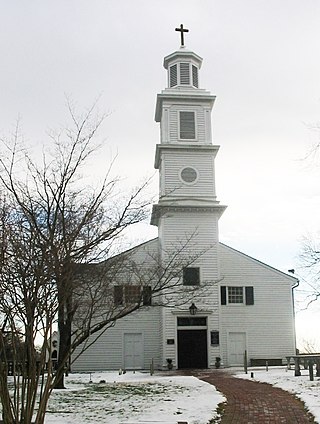
St. John's Church is an Episcopal church located at 2401 East Broad Street in Richmond, Virginia, United States. Formed from several earlier parishes, St. John's is the oldest church in the city of Richmond, Virginia. It was built in 1741 by William Randolph's son, Colonel Richard Randolph; the Church Hill district was named for it. It was the site of two important conventions in the period leading to the American Revolutionary War, and is famous as the location where American Founding Father Patrick Henry gave his memorable speech at the Second Virginia Convention, closing with the often-quoted demand, "Give me liberty, or give me death!" The church is designated as a National Historic Landmark.
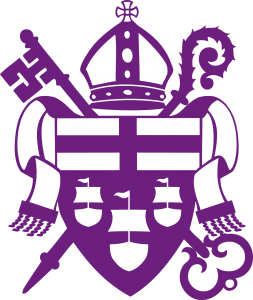
The Diocese of Virginia is the second largest diocese of the Episcopal Church in the United States of America, encompassing 38 counties in the northern and central parts of the state of Virginia. The diocese was organized in 1785 and is one of the Episcopal Church's nine original dioceses, with origins in colonial Virginia. As of 2024, the diocese has 16 regions with more than 68,000 members and 173 congregations.

The Red River Meeting House was the site of the first religious camp meeting in the United States. Held June 13–17, 1800, it marked the start of the Second Great Awakening, a major religious movement in the United States in the first part of the nineteenth century. The meeting was organized by the Presbyterian minister James McGready in Logan County, Kentucky, and several preachers took part.

Samuel Davies was an evangelist and Presbyterian minister. Davies ministered in Hanover County from 1748 to 1759, followed by a term as the fourth President of Princeton University, then known as the College of New Jersey, from 1759 to 1761. Davies was one of the first non-Anglican preachers in Virginia, and one of earliest missionaries to slaves in the Thirteen Colonies. He was a strong advocate for religious freedom, and helped to institute significant religious reforms in the colony. Davies was also a prolific writer, authoring several hymns and publishing a book of poetry. He advocated for providing religious education to slaves.

The First Church of Hanover, also known as the First Presbyterian Church of Hanover or the Hanover Presbyterian Church, is located on Mount Pleasant Avenue in East Hanover, Morris County, New Jersey, United States. Established in 1718 in what was then the British Province of New Jersey, it is a member of the Presbyterian Church (USA) and is the oldest religious congregation in Morris County. The congregation's current building, constructed in 1835, is listed on the National Register of Historic Places.
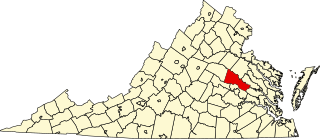
This is a list of the National Register of Historic Places listings in Hanover County, Virginia.

Immanuel Episcopal Church is a historic Episcopal church and cemetery located near Mechanicsville, Hanover County, Virginia.

The Circular Congregational Church is a historic church building at 150 Meeting Street in Charleston, South Carolina, used by a congregation established in 1681. Its parish house, the Parish House of the Circular Congregational Church, is a highly significant Greek Revival architectural work by Robert Mills and is recognized as a U.S. National Historic Landmark.

Harmony Grove Meeting House, also known as Harmony Grove Church, is a historic church off I-79 in Harmony Grove, Monongalia County, West Virginia. It was built in 1854, and is a small, one-story wood-frame building. It measures 20 feet wide and 50 feet long. It sits on a foundation of rough-cut stone blocks. It is the oldest unaltered church building in Monongalia County.
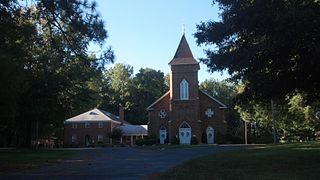
Thyatira Presbyterian Church, Cemetery, and Manse is a historic church at 220 White Road off NC 150 in Mill Bridge in Rowan County, North Carolina, ten miles west of the town of Salisbury. Presbyterians have been worshipping at this site since at least 1750.

The Berryhill-Morris House is a historic farmhouse near the city of Bellbrook in Greene County, Ohio, United States. Built in the 1830s for an elderly veteran, it has changed little since its early years, and it has been named a historic site.

Providence Presbyterian Church is a historic Presbyterian church located near Gum Spring, Louisa County, Virginia. It was built in 1747, and is a two-story, three-bay, wood-frame building measuring 50 feet, 3 inches, by 26 feet, 4 inches. It is one of the few frame churches in Virginia remaining from colonial times and was one of the first Presbyterian churches to be built in the central part of the state. Samuel Davies served as its first minister until 1759, when he assumed the presidency of Princeton University. A distinguished son of the church was Robert Lewis Dabney, noted mid-19th century Presbyterian minister and church architect.
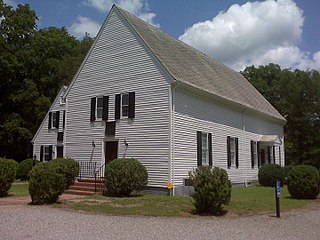
Slash Church, also known as the Upper Church-St. Paul's Parish is a historic Disciples of Christ Church, formerly an Anglican/Episcopal church located at 11353 Mt. Hermon Road, Ashland, Hanover County, Virginia. Built of southern yellow pine cut from the property in 1729–30, it is the oldest frame house of worship still in use in Virginia.

The history of religion in early Virginia begins with the founding of the Virginia Colony, in particular the commencing of Anglican services at Jamestown in 1607. In 1619, the Church of England was made the established church throughout the Colony of Virginia, becoming a dominant religious, cultural, and political force. Throughout the 18th century its power was increasingly challenged by Protestant dissenters and religious movements. Following the American Revolution and political independence from Britain, in 1786 the Virginia Statute for Religious Freedom disestablished the Church of England, ending public support and fully legalizing the public and private practice of other religious traditions.
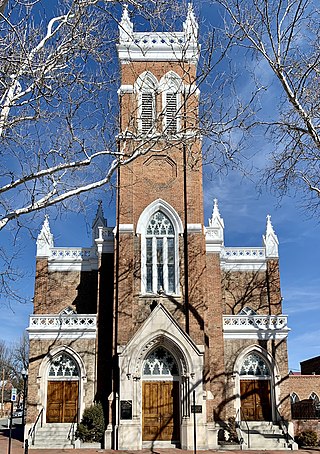
Christ Church, or Christ Episcopal Church, is an Anglican church in Winchester, Frederick County, Virginia. The church was founded in 1738, with its first vestry elected in 1742. It is the seat of Frederick Parish, Diocese of Virginia, which once covered half of the Shenandoah valley and western Virginia, including what became West Virginia. The current church building, the parish's third, was designed by Robert Mills - it was completed in 1828, and is the oldest church building continuously used for religious purposes in the county. It is a contributing building in the local Historic District which predates the National Register of Historic Places, and which has been expanded three times since 1980.
Rev. William Dean was an Irish born Presbyterian clergyman and Evangelist Old Side minister who was best known as “the apostle of Virginia." In 1745 he became one of the first ministers to lead revivals to slaves, Native Americans and poor farmers in the Virginia Valley including at Rockbridge, Augusta County, and the James River. Upon his death, Samuel Davies resumed his work in Virginia from 1748 - 1749.






















